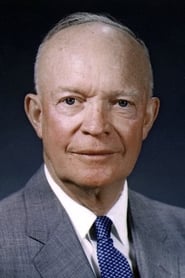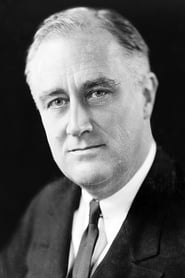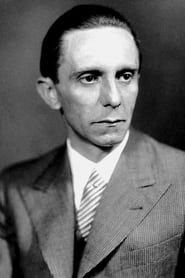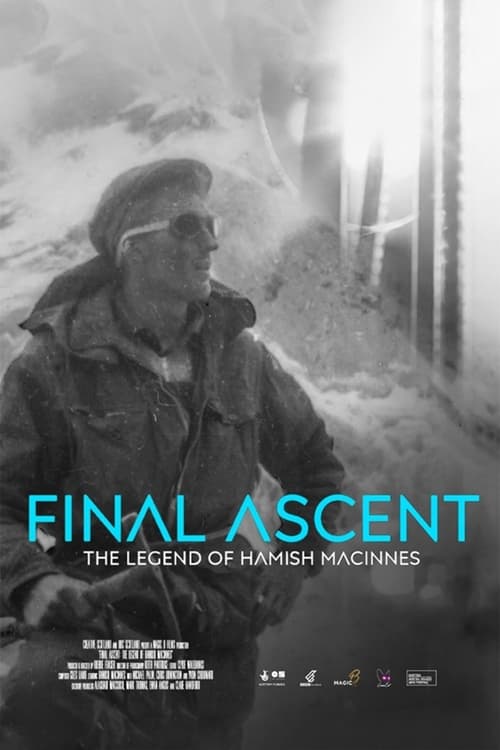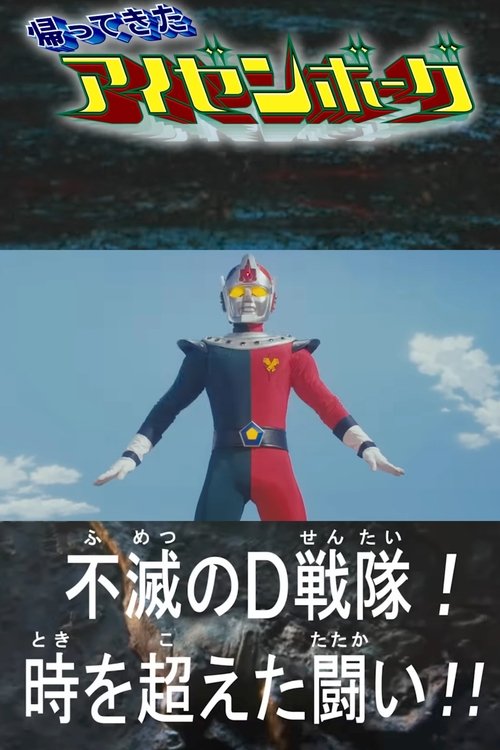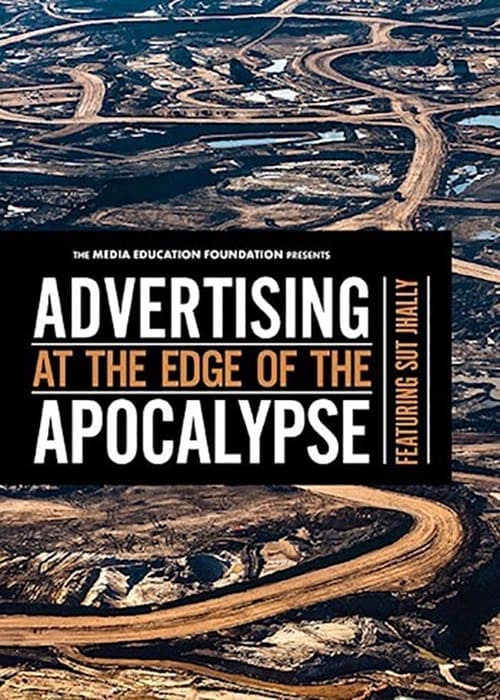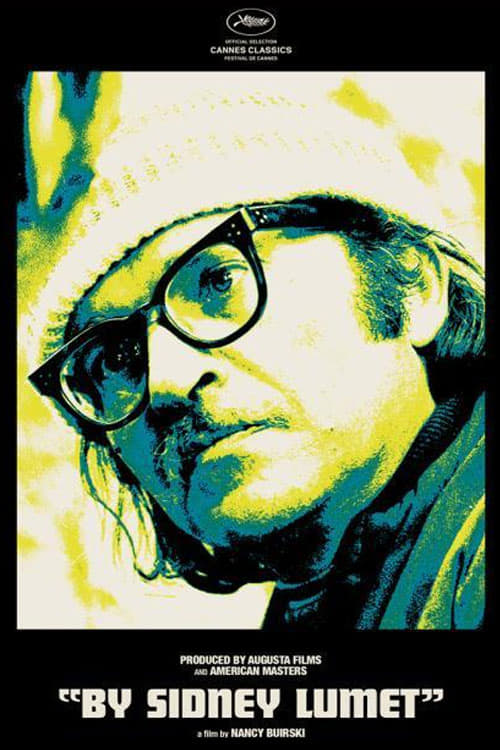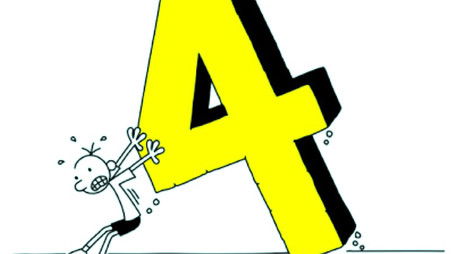
Ask Your Own Question
What is the plot?
On the evening of June 3, 1944, the remote Blacksod Lighthouse in County Mayo, Ireland, stands bathed in the dim glow of lantern light, the Atlantic winds howling against its rugged cliffs. Inside, Maureen Flavin, a 21-year-old woman, and her husband Ted Sweeney perform their nightly ritual of weather observations. It is Maureen's birthday, but there is little time for celebration. The couple meticulously records barometric pressure, wind speed, and other meteorological data, their instruments the only link between this isolated outpost and the vast, war-torn world beyond.
Maureen's voice breaks the silence as she recalls a tense moment: a British woman's call seeking confirmation of their readings. "Are you sure about the barometer drop?" the voice asks. Maureen replies steadily, "Yes, it's falling fast. The winds are picking up to force six." This exchange is more than routine; it is a lifeline. Unknown to Maureen, her readings will soon ripple through the highest echelons of Allied command, influencing the fate of thousands.
Blacksod Lighthouse, perched on Europe's westernmost edge, is a sentinel against the Atlantic storms that sweep toward the continent. Here, Maureen and Ted's precise measurements are crucial. The documentary "Storm Front in Mayo" captures the stark beauty and isolation of this place, where every gust and pressure change carries weight far beyond the rocky shores of Mayo.
Across the sea, in the Allied military command centers, tension mounts. Generals and meteorologists pore over conflicting weather forecasts. The planned date for Operation Overlord--the massive D-Day invasion--is June 5, 1944. Yet, the weather threatens chaos. British meteorologists warn of a severe storm, while some American advisors remain hopeful for a window of calm. General Dwight D. Eisenhower, the supreme commander, faces a monumental decision: proceed with the invasion or delay it, risking strategic momentum.
The documentary interweaves archival footage of Eisenhower and his staff debating late into the night, the weight of the world pressing on their shoulders. "We cannot afford to get this wrong," Eisenhower is heard saying. The tension is palpable; the fate of the invasion--and perhaps the war--hangs on the accuracy of weather reports from far-flung outposts like Blacksod.
Maureen's data, transmitted via radio, is the first to signal the impending storm's true force. Her readings show a rapidly dropping barometer and force six winds, contradicting more optimistic forecasts. This revelation forces Eisenhower to mediate between opposing meteorological opinions. After hours of deliberation, he makes the agonizing call to postpone the invasion by 24 hours, from June 5 to June 6.
This decision is the climax of the story. The documentary captures the moment with archival footage of Eisenhower's somber face and voiceover reflections from his granddaughter, Susan Eisenhower, who emphasizes the gravity of the choice. The delay, based on Maureen's forecast, allows the Allies to strike during a brief window of improved weather, crucial for the success of the Normandy landings.
Throughout the film, Maureen's personal story unfolds quietly. She remains unaware of the monumental impact of her work at the time. Now elderly, she reflects with humility and pride on her role. Her narrative is interspersed with expert commentary from historians like Antony Beevor and veterans such as Joe Cattini, who underscore the vital but overlooked Irish contribution to the war effort.
The documentary ends with a poignant scene: the 75th anniversary of D-Day, where Maureen visits the now-quiet Blacksod Lighthouse. The Atlantic wind still blows fiercely, a timeless reminder of the storm that changed history. Her words linger: "Sometimes the smallest voices, from the most remote places, can shape the course of the world."
"Storm Front in Mayo" reveals no deaths or physical confrontations but instead portrays an intellectual and strategic battle fought with weather data and human resolve. It is a tribute to Maureen Sweeney's quiet heroism and the unseen forces that shaped one of history's most pivotal moments. The film closes with a lasting tribute to her and all those whose unseen efforts helped secure the Allied victory on D-Day.
More Movies Like This
Browse All Movies →
What is the ending?
In the ending of "Storm Front in Mayo," the main characters confront their personal demons and the consequences of their actions. The film concludes with a sense of resolution as they find a way to move forward, albeit with lingering scars from their experiences.
As the final act unfolds, the storm that has been brewing both literally and metaphorically reaches its peak. The characters are forced to confront their past decisions and the impact they have had on their lives and the lives of those around them. The climax sees a confrontation between the protagonist and the antagonist, leading to a moment of truth that reveals the core motivations of each character.
In the aftermath, the characters begin to find a semblance of peace. Some choose to leave Mayo, seeking new beginnings, while others decide to stay and rebuild their lives in the community. The film closes with a poignant scene that encapsulates the themes of resilience and hope, as the characters look towards the future, ready to face whatever comes next.
As the film approaches its climax, the atmosphere in Mayo grows tense. Dark clouds gather overhead, mirroring the emotional turmoil within the characters. The protagonist, a young woman named Sarah, stands at the edge of the town, her heart racing as she prepares to confront the antagonist, a figure from her past who has haunted her for years. The storm outside rages, wind howling and rain beginning to pour, symbolizing the chaos that is about to unfold.
Scene by scene, the tension escalates. Sarah gathers her courage, recalling the pain and betrayal she has endured. She steps into the town square, where the antagonist, a man named Jack, waits. The confrontation is electric, filled with unspoken words and raw emotions. Jack, with a hardened exterior, reveals his own vulnerabilities, explaining the choices that led him down a dark path. Sarah listens, torn between anger and empathy, as the storm intensifies around them.
As the rain begins to fall heavily, the confrontation reaches a boiling point. Sarah, fueled by a mix of fear and determination, confronts Jack about the pain he has caused her and others in the community. The dialogue is charged, each word a release of pent-up emotions. Jack, realizing the weight of his actions, begins to break down, revealing the guilt that has consumed him. The storm outside mirrors their emotional upheaval, with thunder rumbling ominously.
In a moment of clarity, Sarah makes a choice. Instead of seeking revenge, she offers Jack a chance at redemption. This pivotal moment shifts the dynamic between them, as the storm begins to subside, symbolizing a turning point. Jack, overwhelmed by her compassion, agrees to seek help and make amends for his past.
As the storm clears, the community of Mayo begins to emerge from the chaos. The final scenes depict the aftermath of the storm, both physically and emotionally. Sarah stands with her friends, looking out at the damage but also at the potential for rebuilding. Jack, now a changed man, begins to take steps towards making things right, reaching out to those he has wronged.
The film concludes with a sense of hope. Sarah, though still carrying the scars of her past, finds strength in her community and in herself. The final shot captures the sun breaking through the clouds, illuminating the town of Mayo, symbolizing new beginnings and the resilience of the human spirit. Each character, having faced their demons, is left with the opportunity to forge a new path, embracing the future with a renewed sense of purpose.
Is there a post-credit scene?
In the movie "Storm Front in Mayo," there is indeed a post-credit scene that adds an intriguing layer to the story. After the credits roll, the screen fades back in to reveal a serene landscape of the Mayo countryside, bathed in the soft glow of dawn. The camera slowly pans over the lush green fields, dotted with wildflowers, creating a stark contrast to the tumultuous events that unfolded throughout the film.
As the scene unfolds, we see a figure walking along a narrow path. It is the protagonist, a young woman named Aoife, who has been through a harrowing journey of self-discovery and resilience. Her expression is contemplative, a mix of hope and lingering sadness as she reflects on the choices she made and the relationships she forged during the stormy events of the film.
Suddenly, she stops and gazes out towards the horizon, where dark clouds are beginning to dissipate, revealing a bright blue sky. This symbolizes her newfound clarity and the promise of a fresh start. In this moment of introspection, Aoife pulls out a small, weathered notebook from her pocket. The camera zooms in on the pages, revealing sketches and notes she has made throughout her journey, capturing her thoughts and emotions.
As she closes the notebook, a gentle breeze rustles the pages, and she smiles softly, a sense of peace washing over her. The scene fades to black, leaving the audience with a feeling of optimism and the idea that while storms may come, there is always the potential for renewal and growth.
This post-credit scene serves as a poignant reminder of Aoife's transformation and the enduring spirit of hope, inviting viewers to reflect on their own journeys and the storms they have weathered.
What challenges does the protagonist face in Storm Front in Mayo?
The protagonist, a young woman named Maeve, faces numerous challenges throughout the film, including navigating her strained relationship with her father, who is skeptical of her ambitions. She also struggles with the harsh realities of life in a small town, where her dreams of becoming a writer are met with skepticism and resistance from the community.
How does the setting of Mayo influence the characters' decisions?
The setting of Mayo, with its rugged landscapes and unpredictable weather, serves as a backdrop that mirrors the internal turmoil of the characters. The isolation of the town amplifies Maeve's feelings of entrapment and fuels her desire to escape, while also highlighting the close-knit nature of the community that both supports and stifles her.
What role does the storm play in the development of the plot?
The storm acts as a catalyst for change in the film. As it approaches, tensions rise among the characters, leading to confrontations and revelations. The storm symbolizes both the chaos in Maeve's life and the potential for renewal, forcing characters to confront their fears and desires.
How does Maeve's relationship with her father evolve throughout the film?
Initially, Maeve's relationship with her father is strained, marked by misunderstandings and a lack of communication. As the story progresses, the impending storm forces them to confront their differences, leading to moments of vulnerability and ultimately a deeper understanding of each other's struggles.
What is the significance of the local festival in the story?
The local festival serves as a pivotal event in the film, representing both tradition and the community's collective identity. It is during this festival that Maeve attempts to assert her individuality and showcase her writing, but it also becomes a point of conflict as the storm threatens to disrupt the festivities, symbolizing the clash between personal aspirations and communal expectations.
Is this family friendly?
"Storm Front in Mayo," produced in 2019, is a film that explores themes of family, resilience, and the impact of nature on human lives. While it has a heartfelt narrative, there are elements that may be considered objectionable or upsetting for children or sensitive viewers.
-
Natural Disasters: The film features scenes depicting severe weather conditions, including storms and flooding, which may be frightening for younger audiences.
-
Emotional Turmoil: Characters experience significant emotional distress, including loss and fear, which could be intense for sensitive viewers.
-
Conflict: There are moments of conflict between characters that may involve raised voices or arguments, which could be unsettling for some.
-
Loss and Grief: Themes of loss are present, and characters deal with grief, which may be heavy for children to process.
-
Isolation: The feeling of isolation during the storm may evoke anxiety, as characters struggle with their circumstances.
Overall, while the film carries a message of hope and resilience, these elements may require parental guidance for younger viewers.






